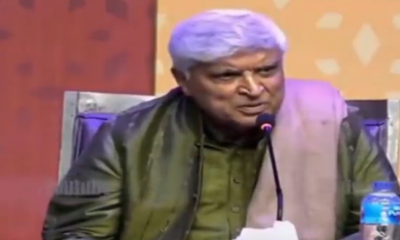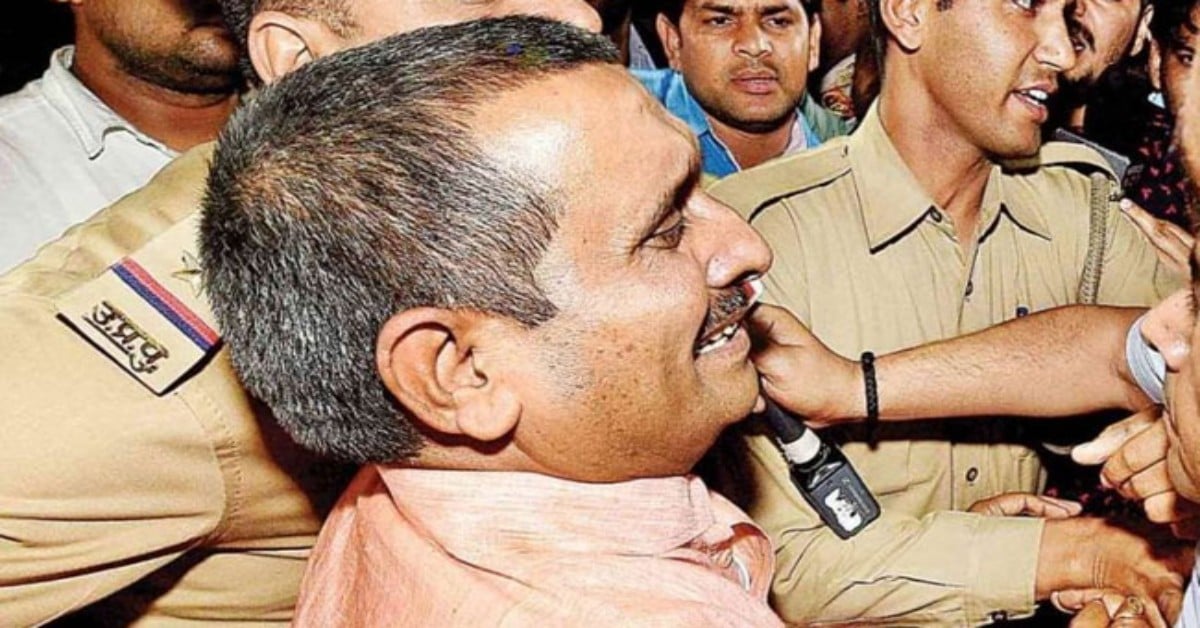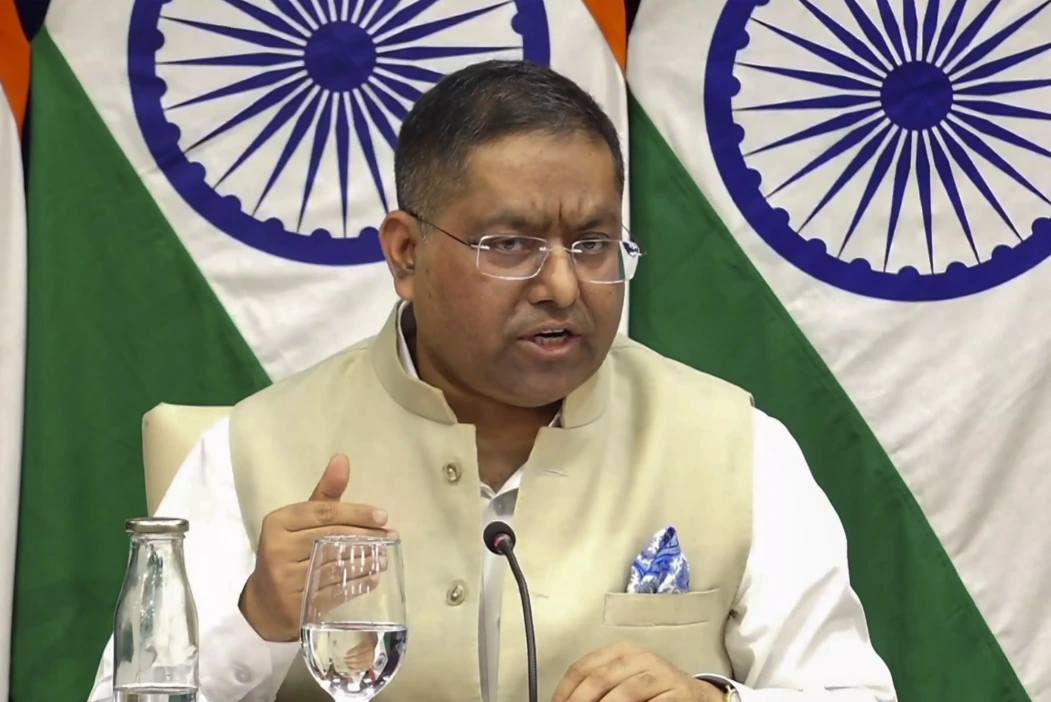Top Stories
RPF officer saves passenger’s life who fell from moving train, video goes viral | WATCH
RPF India shared the CCTV footage of the whole incident on its official Twitter handle, where it applauded the officers who took the risk of their lives as well.

India News
Bangladeshi singer James’ concert cancelled after mob attack in Faridpur
A live concert by Bangladeshi singer James was cancelled in Faridpur after a mob allegedly attacked the venue with bricks and stones, raising concerns over safety of artists.
India News
CBI moves Supreme Court against suspension of Kuldeep Sengar’s life sentence in Unnao rape case
The CBI has filed a Special Leave Petition in the Supreme Court challenging the Delhi High Court’s decision to suspend Kuldeep Sengar’s life sentence in the 2017 Unnao rape case.
Latest world news
India flags attacks on Hindus in Bangladesh as worrisome after recent lynchings
India has reacted sharply to recent lynchings of Hindu men in Bangladesh, calling the attacks on minorities worrisome and urging that those responsible be brought to justice.
-

 India News22 hours ago
India News22 hours agoBJP gets its first mayor in Kerala as VV Rajesh takes charge in Thiruvananthapuram
-

 India News23 hours ago
India News23 hours agoVeer Bal Diwas reflects courage, conviction and righteousness, Says PM Modi
-

 India News20 hours ago
India News20 hours agoAAP targets Delhi LG with Ghajini dig over pollution row, BJP hits back
-

 Entertainment19 hours ago
Entertainment19 hours agoDhurandhar box office collection crosses Rs 1,000 crore worldwide in 21 days
-

 Latest world news18 hours ago
Latest world news18 hours agoIndia flags attacks on Hindus in Bangladesh as worrisome after recent lynchings
-

 India News20 hours ago
India News20 hours agoTraffic slows in Himachal Pradesh as year-end tourist rush chokes roads to Shimla, Manali
-

 India News2 hours ago
India News2 hours agoCBI moves Supreme Court against suspension of Kuldeep Sengar’s life sentence in Unnao rape case
-

 India News60 mins ago
India News60 mins agoBangladeshi singer James’ concert cancelled after mob attack in Faridpur



















